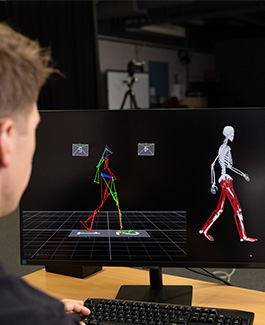Improving health through disruptive technologies
Every human is unique. So, why should we be treated the same if we develop poor health? We shouldn’t, that’s why the Australian Centre for Precision Health and Technology (PRECISE) is driving a transformation away from ineffective and inefficient one-size-fits-all healthcare, toward ultra-personalised precision care.
Underpinned by our patented digital twin modelling platform, we are developing and validating technologies that identify the person-specific biomarkers that drive the onset and persistence of poor musculoskeletal and neurological health.
Our disruptive technologies are set to change how we deliver healthcare using highly accurate, person-specific biomarkers, in any environment, empowering patients to take ownership of their own health. Our approach gives clinicians the tools to develop personalised treatments that modify disease biomarkers and monitor treatment effects and disease progression over time.
Our vision
Australia’s population is growing older and living longer with poor health, costing taxpayers billions of dollars each year and increasing the demands on our stretched healthcare workforce.
We are accelerating the next era of healthcare innovation, drawing on the benefits of precision health technology. Our sustainable and accessible solutions will maintain and enhance human musculoskeletal and neurological health and wellbeing, across the lifespan.
We have a globally renowned track record spanning discovery science, technology development and clinical research. Our mission is to develop strong clinical and industry partnerships that rapidly accelerate the next leap in the future of healthcare, via commercialisation and end user translation.
Research themes
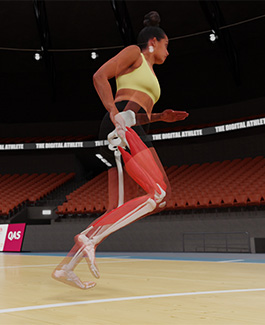
Digital Twin
Creating personalised digital humans to understand disease mechanisms and simulate treatment effects
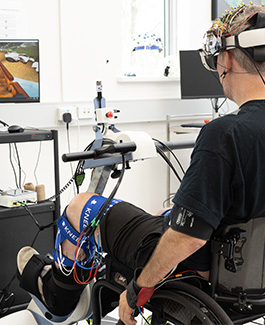
BioSpine
Empowering people with spinal cord injury via breakthrough rehabilitation technologies
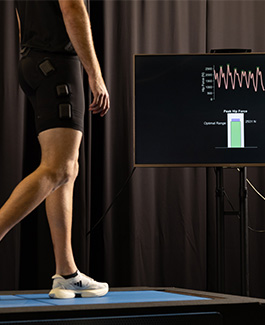
Smarti-Wear
Pioneering wearable technology to track tissue-level health biomarkers—cartilage, tendons and bone
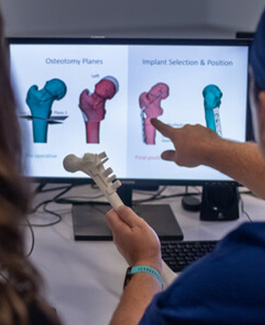
Paediatric Orthopaedics
Enhancing outcomes for children with neuromusculoskeletal impairments via personalised management
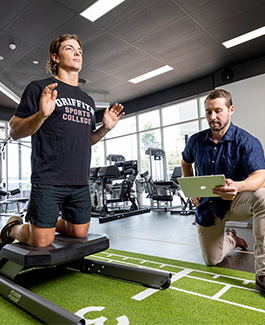
Precision Athlete
Next-generation, clinic-friendly technologies to inform personalised injury prevention strategies
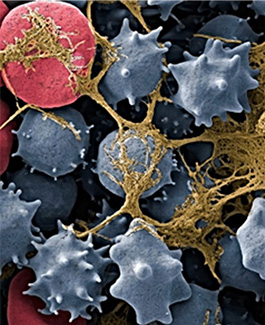
Tissue Engineering
Functional tissue engineering for regenerative medicine and dentistry
What is precision health?
Precision health is an approach to healthcare that finely tunes medical treatment and prevention strategies to each individual patient.
Rather than using a one-size-fits-all method, precision health considers factors such as genetics, tissue state, environment and lifestyle to create highly personalised health solutions. This approach leverages advanced technologies, artificial intelligence, data analytics and biomarkers of disease to predict disease risk and design targeted treatments. Ultimately improving health outcomes and reducing inefficiencies in our healthcare systems.
Precision health aims to deliver the right care to the right person at the right time. Powered by innovative technology, precision health can be delivered in any environment.
Our impact
Want to see the power of our work in action?
Our patented digital twin modelling system can identify patient-specific mechanisms causing disease—from cells to the whole body—allowing us to identify and modify personalised treatments and monitor its effects and disease progression over time.
Our modelling system has helped reduce the risks of complex hip deformity corrections for children in three Queensland hospitals and has assisted 20 surgeries. The personalised modelling helped improve patients’ walking function and reduced surgery time by almost 30%.
Contact the Australian Centre for Precision Health and Technology
Enquiries
- precise@griffith.edu.au
Find us
- Location and postal address
- PRECISE
- Clinical Sciences Building (G02)
- Gold Coast
- Griffith University Qld 4222
